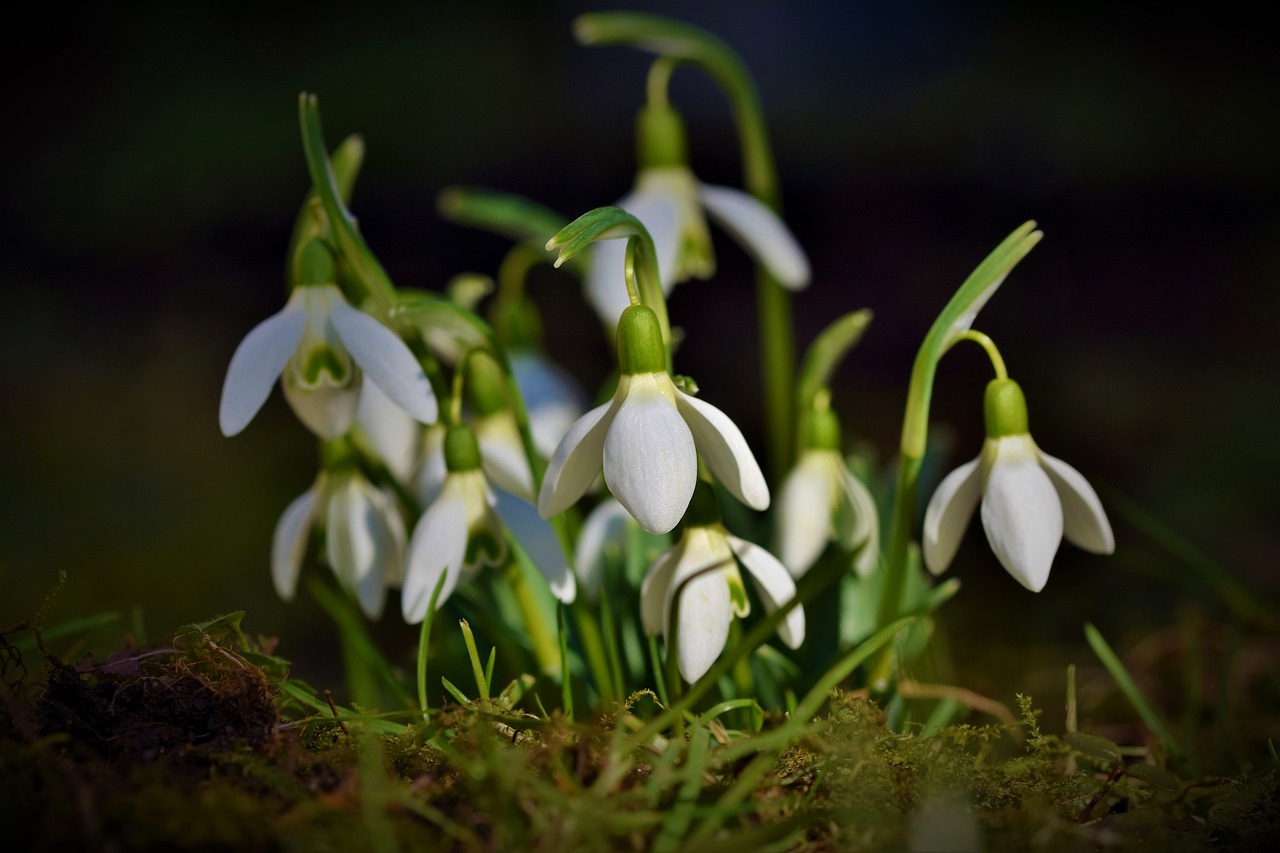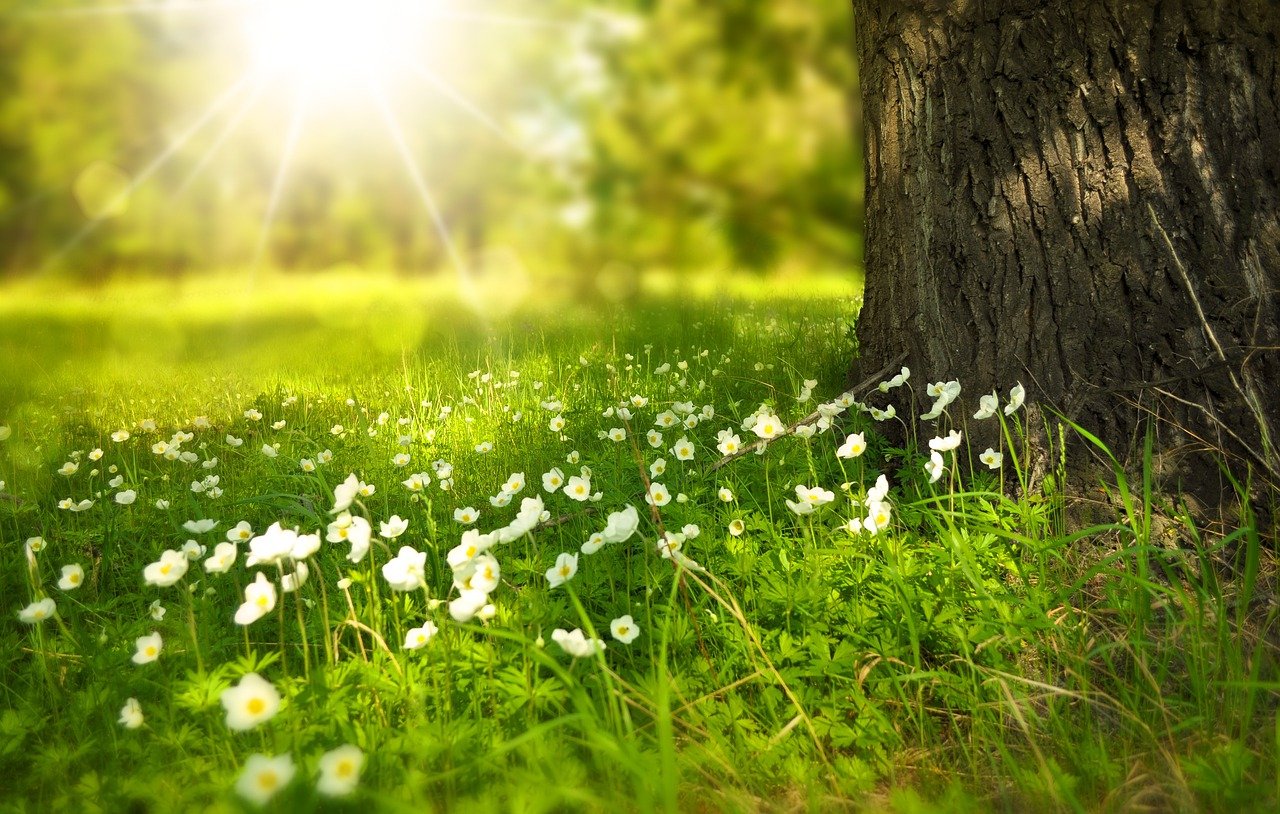If you’re looking for an interesting and unique way to improve your home, consider starting a rooftop garden. Rooftop gardens are becoming increasingly popular, as they offer a number of benefits for both homeowners and renters. In this guide, we will discuss the basics of starting a rooftop garden, including tips on choosing the right plants, setting up irrigation, and more!
It is unfortunate that every person desiring to have a garden may not have access to open spaces, but even city dwellers can start a rooftop garden to fulfill their need to cultivate their own plants.
In just about every congested metropolitan area rooftop gardens are quite common, as all that is really necessary to start a rooftop garden is a reasonably level roof and a good plan sprinkled with a little bit of knowledge.
In addition to the obvious benefits of starting a rooftop garden they can often become a center of socialization, especially in apartment buildings where tenants tend to congregate and share space as well as conversation.
One of the most important aspects to start a rooftop garden is to assure that the garden is safe for all concerned. Because heavy containers are placed on a roof of often considerable height, it is imperative that there is absolutely no chance of anything falling from the rooftop garden, including gardening tools.
It is also a wise move to assure that there are no trip-hazards present in your rooftop garden.
A good rule of thumb is to make certain that there is at least a five-foot walkway around all of the plants in your rooftop garden for the sake of safety. Similarly, when you start a rooftop garden it should not contain excessively large planters, and it needs to be established that the roof is structurally sound enough to handle the added weight of a rooftop garden.

In terms of the added weight issue when you start a rooftop garden, there are a number of ways a gardener can ease the structural load on the building. One of the best is to incorporate the use of lightweight planters that are made of plastic and moderate in size.
Another good idea is to disperse the weight evenly across the usable roof surface, and to make absolutely certain that all planters have proper drainage features. Container bottoms should be lined with landscaping fabric to prevent plant roots from possibly damaging roofing materials.
When you start a rooftop garden a light-weight soil mixture works best for reducing overall weight and allowing for better drainage. A mixture of 10% to 15% vermiculite, 20% to 25% compost and 60% to 70% potting soil works great and will normally support any plant you start in a rooftop garden very well nutritionally.
Lastly, if you decide to start a rooftop garden and share the space with other residents of your building be courteous and helpful – odds are your rooftop garden neighbors will reciprocate.
Before you start building your rooftop garden, it’s important to consider the following
The type of roof you have:
Rooftop gardens can be built on both flat and pitched roofs, but each type requires different types of construction. If you have a flat roof, you’ll need to build a deck or platform to support your plants. Pitched roofs require less construction, but you’ll need to make sure that your plants are securely anchored.
The weight of your garden:
Rooftop gardens can range from a few potted plants to an elaborate setup with multiple planters and soil. Before you start buying materials, make sure that your roof can support the weight of your garden.
The amount of sunlight your roof receives:
Rooftop gardens need at least six hours of direct sunlight per day to thrive. If your roof doesn’t receive enough sun, you’ll need to consider adding artificial light or choosing plants that can tolerate lower light levels.
Now that you’ve considered the basics, it’s time to start planning your garden! Here are a few tips on getting started:
Choose the right plants:
When selecting plants for your rooftop garden, choose ones that are both drought and heat tolerant. Some good options include succulents, herbs, and flowers. You can also opt for edible plants, such as tomatoes, peppers, and strawberries.
Set up irrigation:
Rooftop gardens require regular watering, especially during hot summer months. To make watering easier, set up an irrigation system with a timer. This will ensure that your plants get the water they need without you having to drag a hose up to your roof every day!
Add some mulch:
Mulch helps retain moisture and keep roots cool in the summer heat. It also helps prevent weeds from taking over your garden. Spread a layer of mulch around your plants, being sure to leave space for drainage.
With these tips, you’re on your way to starting a beautiful and successful rooftop garden!






